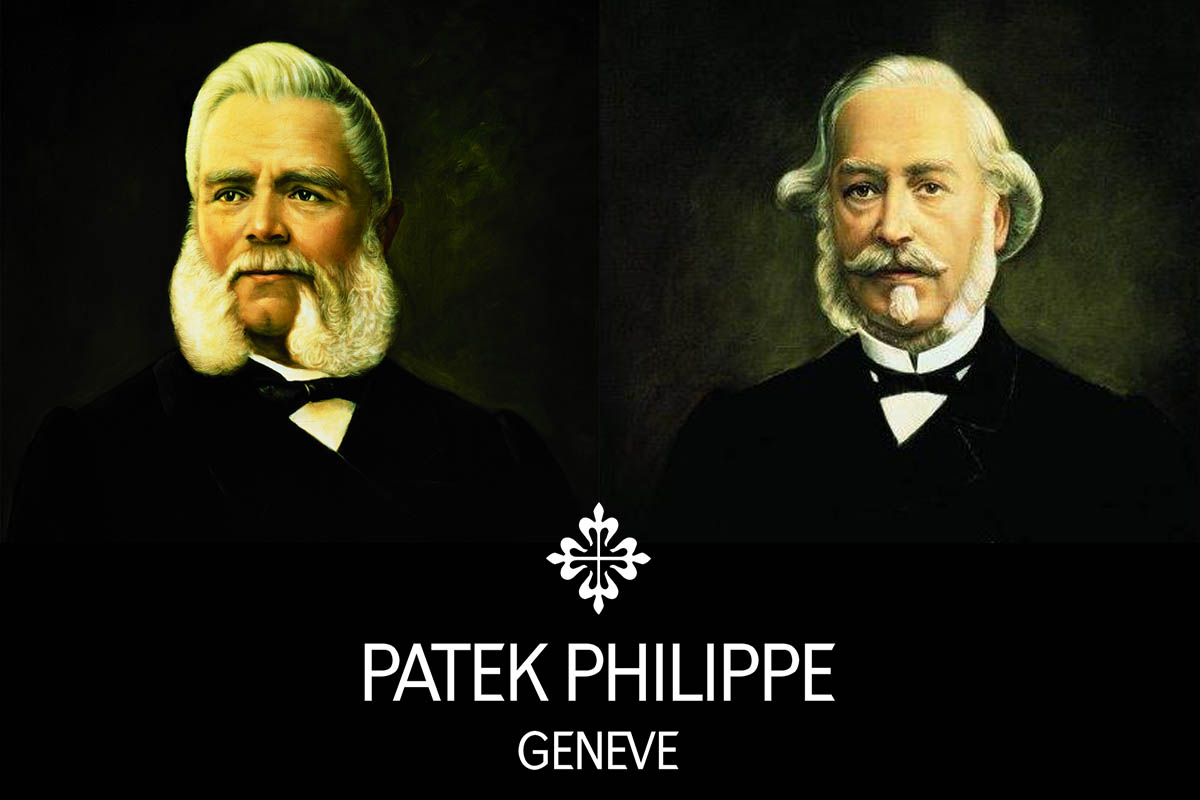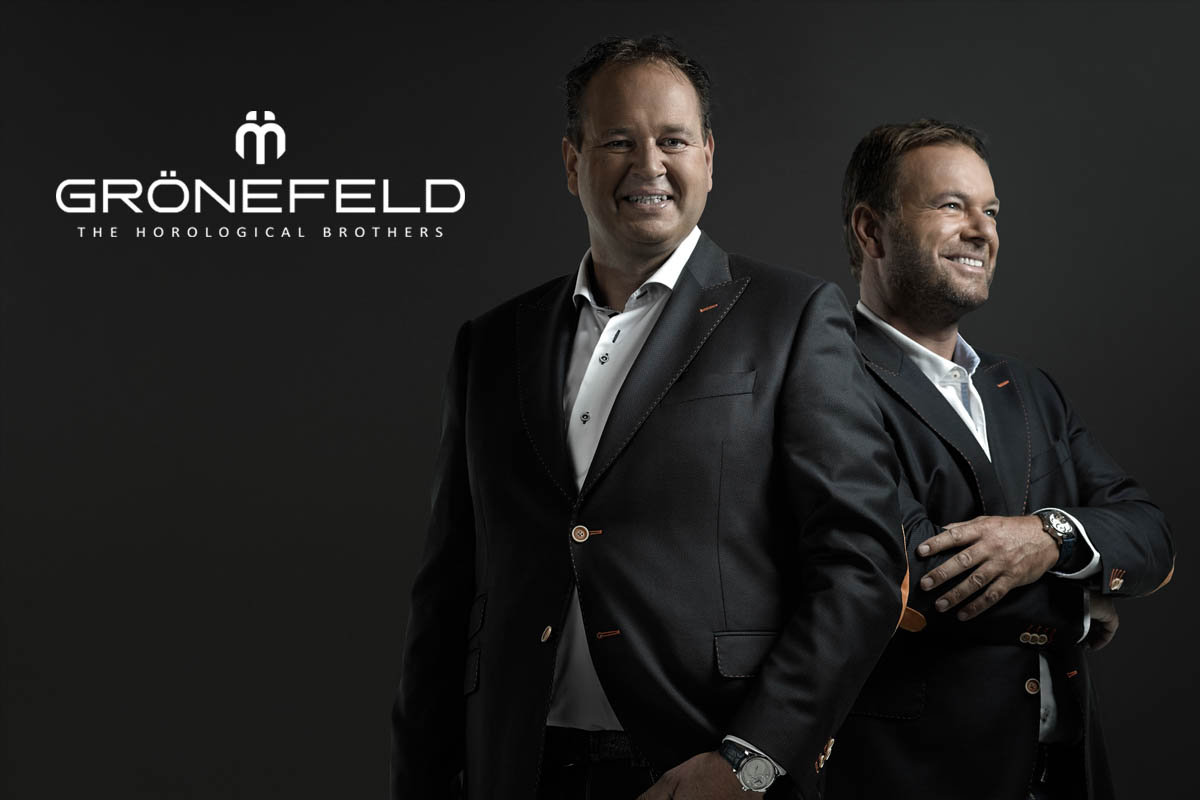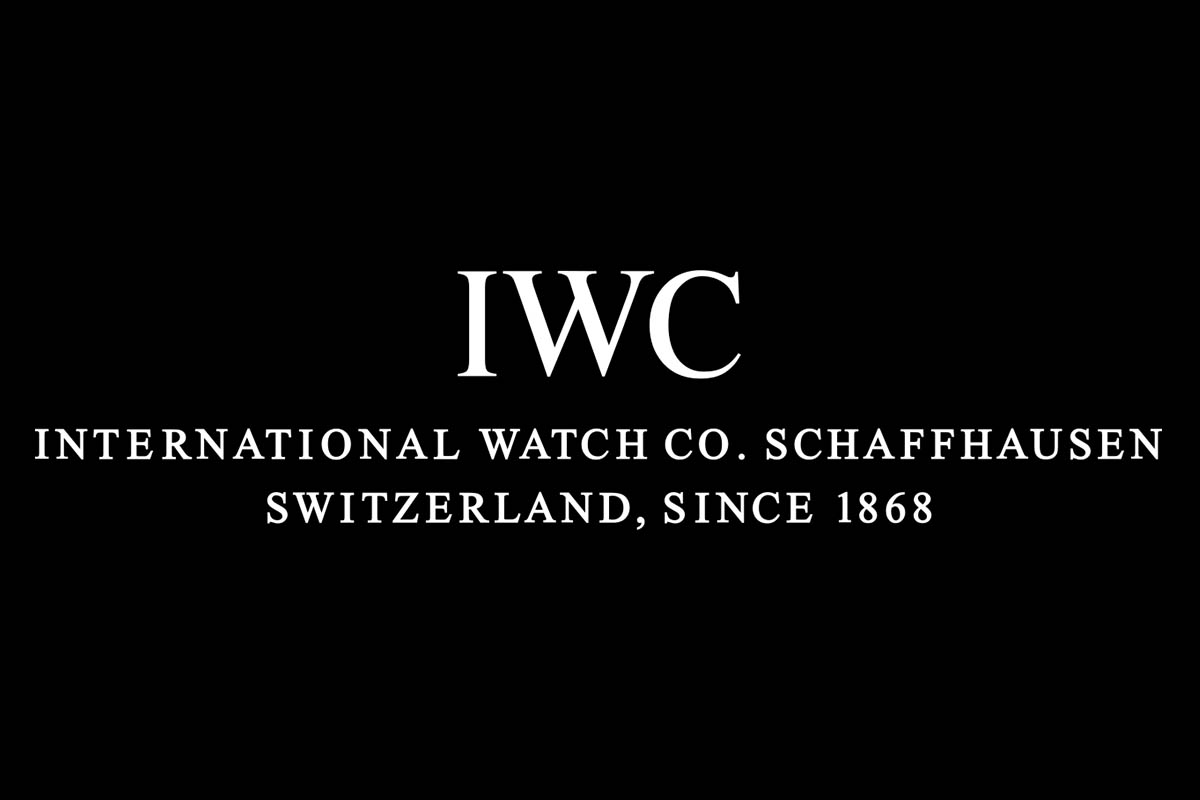Where does the name of your favorite watch brands come from?

Ever wonder how watch brands got their name? Some are pretty straight forward; some others are more obscure. With hundreds of past and present watch companies, what has been the inspiration from watchmakers to find names? Some simply follow the name of their founder, other went for anagrams, and some for hidden meanings… Here is a (non-exhaustive) horological meandering through the mechanics of watch brands’ names.
Founder – Breguet. The need to envelop watches in a form of a brand, founded on the symbolism of a person, led very early to the use of patronyms, in particular eponymous brands that take the name of their founder (even if decades ago the notion of brand itself was totally different from what it is today). What a better example than one of the greatest horologists of all times to illustrate this? The fame of Abraham Louis Breguet was such that his name inspired the greatest writers of his century – Stendhal, Pouchkine, Mérimée, Balzac or Dumas to name a few.
Abraham Louis Breguet – Born in Neuchatel in 1747, the Paris-based horologist was considered one of the leading watchmakers of his days. Today the brand belongs to Swatch Group.
Founder and successor – Vacheron Constantin. The history of the oldest watch manufacturer (in continuous operation) goes back to 1755, when Jean-Marc Vacheron signed on his first apprentice. The name Vacheron Constantin appeared at the beginning of the 19th century, when his grandson partnered with François Constantin.
Partners – Patek Philippe. The name Patek Philippe & Cie appeared in 1851, when Jean-Adrien Philippe was officially associated to Antoine Norbert de Patek’s company. Jules-Louis Audemars and Edward-Auguste Piguet gave birth to Audemars-Piguet in 1875, in the Vallée de Joux. Robert Greubel and Stephen Forsey are among the contemporary heirs of the tradition to combine associates’ names to create a brand’s name.
Antoine Norbert de Patek and Jean-Adrien Philippe
Wife and husband – Girard-Perregaux. Whereas most of the large watchmaking brands with two names were created by the association of partners or founder/successors’ names, Girard-Perregaux is born in 1854, after the wedding of Constant Girard with Marie Perregaux.
Brothers – Grönefeld. Dutch “Horological Brothers” (as they liked to call themselves), Bart and Tim Grönefeld provide another example of family business. Among the other companies recently founded by siblings is McGonigle Watches, created by Irish brothers John and Stephen McGonigle. Another example is Bremont, created by Nick and Giles English in 2002, on the other side of the Channel. The English brothers however opted for Bremont, after the name of a French farmer – they actually landed in his field, in emergency, with their 1930s biplane! True Story.
Modern horologists and example of name associated to brothers, the Grönefelds.
Anagram – Hautlence. Hautlence, which has always claimed to be different (for both the design and the spirit behind the brand), is an anagram of Neuchatel, where it was founded in 2004 by Guillaume Tétu with Jean Plazenet, Renaud de Retz supported by partners including Sandro Reginelli, its current CEO.
Rare / dead languages – Movado. Several brand names are inspired from foreign, rare or dead languages. The name Movado means “always in motion” in Esperanto (an international auxiliary language). In the same spirit, Omega, a letter from the Greek alphabet, symbolizes perfection. The name Corum is inspired by Latin word “Quorum” (the minimum number of members required for a group to to cast votes). Seiko is derived from Seikosha, Japanese for “House of Exquisite workmanship”.
Acronym. Many famous brand names, whatever the field of action, are acronyms. This is, of course, also the case in the horological world where, for instance, IWC stands for International Watch Company. TAG Heuer associates the name Heuer with an acronym, TAG, standing for Techniques d’Avant-Garde. It appeared in the 1980s, when Akram Ojjeh bought the brand Heuer, founded in 1860 by the Heuer family.
Messaging/Functional inspiration – Hublot. Just like Hublot is named after the French word for ‘Porthole’, several brands take their name from devices, tools or activities connected with their universe. In a similar fashion, U-Boat underlines the Navy / Military / Vintage background of the brand (U-Boat refers to the nickname of the Unterseeboot, the German Submarines).
Word / letter combination – Rolex. Different stories are told about the Rolex name. Some say that Hans Wilsdorf, the founder of the company, “wanted his watches to bear a name that was short, easy to say and remember in any language, and which looked good on watch movements and dials” (official position of Rolex). Others state that Rolex could also come from “Horlogerie exquise” or “HoROLogical Excellence”. In a similar spirit, the name Swatch is a contraction of “Second Watch” – watches as casual, fun, and relatively disposable accessories.
Geography – Montblanc. The Hamburg-based company, first named “Simplo Filler Pen Company”, was renamed Montblanc in 1913, after the name of the Alps’ highest mountain. Glashütte Original takes its name from a Saxon City. Other brands, such as Alpina, draw their name from a similar inspiration. Higher in the skies and moving to astronomy, Zenith was chosen by Louis Favre-Jacot after the highest point reached by a celestial body.
Historical tribute – Tudor. The brand Tudor takes its origin from the Tudor Dynasty and features the Rose as a logo (on some watches), the emblem of England (where Hans Wilsdorf founded Rolex).
Initials – Ebel. While M&M’s stands for Mars and Murries, the last names of the founders, Ebel was named after the initials of Eugene Blum Et Levy, when founded in 1911 by Eugene Blum and his wife Alice Levy, in La-Chaux-de-Fonds. More than just initials, Bell & Ross was founded in the early 1990s by long-time friends Bruno Belamich (Bell) and Carlos Rosillo (Ross).
Noblesse oblige – Manufacture Royale. In the end of the 18th century, with the exodus of protestant watchmakers, famous philosopher Voltaire helped the establishment of Cabinotiers in Ferney, near Geneva. On the front of one of the houses, the inscription ‘Manufacture Royale des Montres de Ferney’ is written.
The fifth Beatle – Czapek. In 1839, Antoine Norbert de Patek and François Czapek established Patek, Czapek and Cie, and already producing exceptional watches. After the dissolution of this partnership, Czapek founded Czapek and Cie, while Patek soon worked with Jean-Adrien Philippe to give birth to the legendary Patek Philippe Manufacture. Czapek was recently brought back to life, with a relaunch of the brand and the introduction of the elegant Quai des Bergues.









11 responses
Your origin explanation for Omega is correct but only a short fraction of the truth. “Omega” was originally the name of a 19″ movement created by Louis Brandt in 1894. It was the first industrialized movement with interchangeable components and winding/setting via the stem. It was this combination of features that earned it the Greek letter/Name symbolizing “perfection”. Due to its success the company was then renamed Omega (after the movement) in 1903.
Thanks for the additional insight Damon!
And from where does the brand MONOCHROME comes from?
Great article Xavier! Congratulations!
Great article indeed, puts some light on the most visible “watch reference”: the brand’s name ! Never found any similar explanation nowehere else, thanks !
Thanks Andrea and Orfeas!
No mention of Blancpain?
Long story, Jean-Francois, however let me say that I have a preference for steel (or white gold, platinum) watches with a black/grey dial.
Blancpain would go in the category ‘founder’ after Jehan-Jacques Blancpain.
love the article very much…! Thanks
Thank you, Martin!